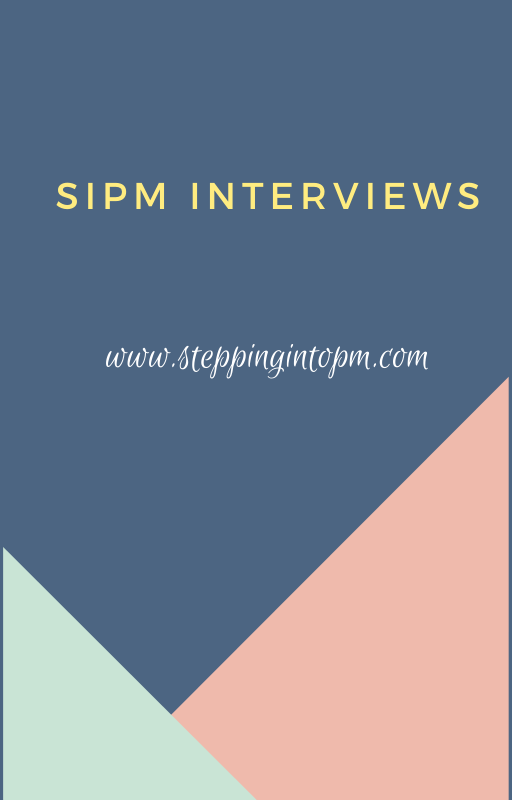I was shopping for another book (review to come soon) when I
spotted this one- Nice Girls Don’t Get The Corner Office- Lois P. Frankel, PhD; had a great review so decided to
add it to the shopping cart as well.
And I loved reading it (twice) and it’s a keeper.
Recently I read this article on Sheryl Sandberg here and more at NY Times,
so with this book and what women are
achieving I think the definition of “Nice” is ever changing! You can also see
this video of Sandberg talking about the balance of her career and family here.
The book with 268 pages starts with defining the workplace
as a game where learning to play chess can come in handy! The book formatted as
101 tips are individual chapters which make for easy read.
Throughout the chapters, the author emphasizes on building
relationships at work which are great way to network and use your job as a way
to grow and let others know about you. Men usually are more naturally tuned to
taking breaks and networking unlike women. Women take pride in being hard
workers and not good networkers.
She mentions that women shouldn’t take up low key
assignments and agree to making coffee and taking notes; building your career
is a lot more about choosing the way you present yourself at work! You need to give
reasons why you should be considered for the next promotion!
The book gives helpful tips and elaborates on the way women
behave in similar situations and can be far away from how men do. She also
suggests in most chapters, books and articles to read and refer and take away
lessons in bullet point for a quick referral later.
Investing in relationships is stressed over and over in the
book. I read this somewhere else (not this book) and I think wrote about it in
the blog as well, that keeping a budget for meeting people is also highly
recommended. And it’s a known fact that influencer’s network well! Sheryl Sandberg
hosts monthly meet ups at her place and has been doing it for sometime now.
Most #PMOT influencers I know are great at networking, a lesson to be learnt.
The book is witty and funny with a lot of real life examples
like that of a woman stuck in a man’s world job, where she had to start smoking
to stop being considered a woman and being accepted easily by her peers. Although
she later said, she stopped smoking and with her credentials in place, she had
nothing more to prove. But those initial days, smoking got her easily accepted
among men.
The book handles regular work life example and states on the
required changes in behaviour or body language and things to be avoided. It’s always
not beneficial to keep your head down at work, sometimes it’s considered lack
of interest in leadership or taking more responsibility, instead they are
considered good workers who are then bogged down and delegated more work. While
the networkers and who take more breaks and tell about their interest in other
roles are given the chance to grow.
Your brand is important and this has been going on for some
time now. You are what you bring to the table as an individual and not the list
of companies you have worked before. Build your brand and let people know about
it. Getting a professional coach is recommended in the book, if you can’t
afford, find a mentor at least.
If you like something people do, don’t be shy to tell them
that and ask for guiding you, in most cases they reply back and help out. Especially
in the age of social media, it isn’t really difficult to get access. If you are
looking for people whose careers you want to emulate, ask them how they did it
or look at their Linkedin profiles- it will give you something to start with.
Take up volunteering opportunities, keep a watch for the
next job- the day you start a new one and start talking to people. I know one of my friend; based in Chicago who
is hugely successful and is constantly meeting friends and attending parties
every weekend, sometimes 3 in one day. Twice a year, she makes a list of all the people she has met and been
invited over to and clubs them into 3-4 groups of people who will get along
well with each other and over the next 4 weekends, invites them over for
dinner. I went for one and loved it very much. Over barbecue and dinner and a beautiful
home and pre-planned list of guests, they all get along well and talk about new
opening and job trends to more networking opportunities. You’ll be surprised
how many job openings are discussed over and candidates pushed for those.
Personally I think, don’t sideline yourself, I have seen
women in meetings who don’t sit, like to stand in the corners and never speak
in meeting even when they are given opportunities to. Somehow lack of taking
initiative and displaying their presence and opinions don’t allow them to get
invited to the next meeting.
Dress and make up plays a vital role, you can read up on
some tips here and Peter Taylor in his book The Lazy Project Manager also talks about the advantage of putting on a well cut suit to make your
presence known, if not everyday at least during meetings.
The book is a good read, must read if you will and definitely allows you to change positively and perhaps an avenue for a promotion or two!





.jpg)







